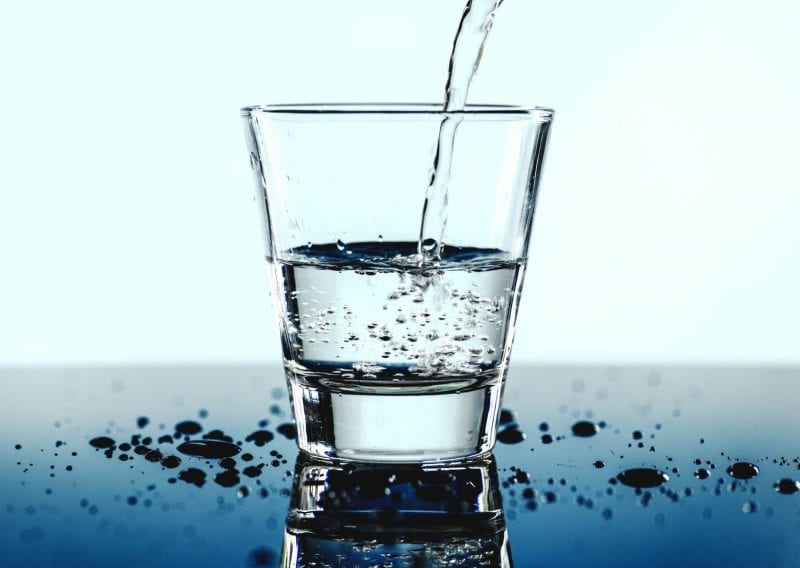
Various bottled water providers and companies dealing in cold beverages have made large fortunes courtesy their marketing campaigns. Such campaigns are rooted in the premise that the water is pure, filtered and purified from absolutely pristine and natural sources, effectively making it considerably safer than plain tap water. Thus, you need to understand difference between water filtration and purification.
Many, if not most of the commercially available drinking water marketing campaigns have largely been highly successful. At least the average American firmly believes that water he or she drinks (other than bottled water) is not safe for human consumption. Such campaigns have been received well and in a mere few years, bottled water sales have skyrocketed a thousandfold. This, in turn, has led to a slow but steady increase amongst other things: Landfill waste, ocean pollution, and environmental degradation.
However, it is not really deemed necessary to drink only bottled water to protect your health. On the contrary, there are other equally safe (if not even more so) approaches that can effectively ensure that the water you drink is as healthy and safe as you want it to be.
Filtration and purification are the current buzzwords in the industry. Let us see what they are all about;
While both systems are supposed to clean water, however, filtration and purification systems have certain differences between them.
Water filtration is essential when you are basically living ‘off the grid.’ You must get a certain amount of clean water for cooking and drinking purposes.
Basically, water filtration is the process of cleaning water of all of its structural impurities through a ‘filtration system’, using a physical system of increasingly smaller mash nets or even with chemicals that can remove various impurities.
Here, it is very important to understand that water filtration essentially focuses on the removal of certain impurities in the water such as sand and living organisms, for instance.
A typical filtration plant can be either permanently installed or even portable, and the overall size of the system depends upon the sheer volume the amount of water that you would be inclined to filter through it.
However, it is prudent to understand that when you filter water through any sort of basic filtration system, the water may ‘look’ clean, but there will be chemicals along with many viruses that might be left behind, or otherwise overlooked by the filtration process. This means that despite the system’s best efforts the water just might not be safe enough to drink.
Even though it is somewhat similar to water filtration, a water purification system focuses more on the removal of all impurities from the water.
By which it is meant those impurities that are more focused on the overall safety of the water that you drink. Purification involves the removal of various biological contaminants (including bacteria, viruses, and other microbial contaminants), their chemical counterparts as well as various other unseen materials.
As a matter of fact, water purification also works as a chemical process and it involves the use of chlorine or iodine or even other purifying chemicals.
Here, it is very important to remember that simply purifying your water supply cannot always remove the other impurities found in the water as well as its source. This is why a combined filtration and purification is deemed to be a desirable solution in the long run.
A nonfunctional water filtration system in a home can actually turn out to be a bane for many homeowners, especially in places where clean water is not easily available.
The basic concept of a ‘reverse osmosis’ type of filtration system revolves around the central usage of a thin semi-permeable membrane to remove contaminants that may otherwise, be present in the drinking water. However, the membrane is not efficient enough to get the job done on its own.
This is why it is usually paired and matched with what is commonly referred to as a ‘Granulated Activated Charcoal’ (GAC) type of filter. Its key job is to remove the excess chlorine already present in the water. Such a system can easily be mounted in many places, but the most common location is usually the kitchen sink since most people are not comfortable with their drinking supply being present in the washroom or water closets.
The system typical comes suitably well equipped with a large holding tank and it is paired to the filtration system to ensure that the water supply remains sufficient for both cooking and drinking purposes. The semi-permeable membrane is able to easily separate a good deal of different water-based contaminants from your fresh water supply, thereby making it safe for drinking and cooking.
These types of filters are pretty new when compared to straightforward iron or plastic mash netting filters. When ultraviolet radiation is used for the treatment of water, it has the intrinsic capability to destroy different bacteria that can be harmful to human health. Pairing it with an effective physical filtration system would mean you would get the best of both worlds. And best of all, there are no chemical additives involved.
These filters are also known as carbon filters and are responsible for the safe removal of larger particles such as sediment and silt, from the main water supply. They both attract and eventually absorb these dangerous particles so that they are no longer present in the water when you drink it.
Furthermore, an activated carbon filter will make sure that the end result has markedly less odor than untreated water. And perhaps best of all, the water tastes better too. They do this by reducing the level of chlorine and other foul-tasting chemicals that make the water unpleasant to drink.
In the light of the above, we can say that both filtration and purification generally go hand in hand for pouring out a glass of clean water that is safe and healthy to drink.